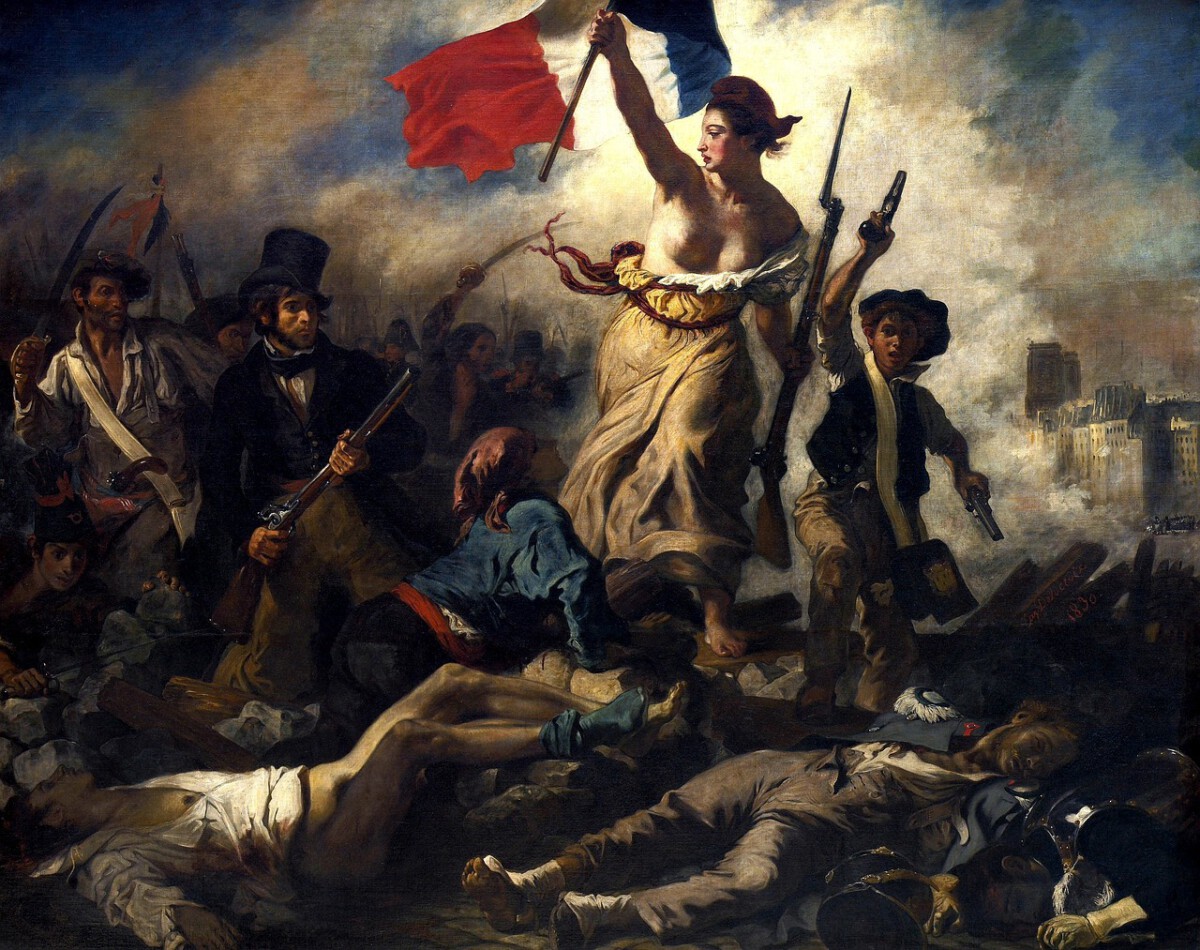The French and Indian War Sets the Stage
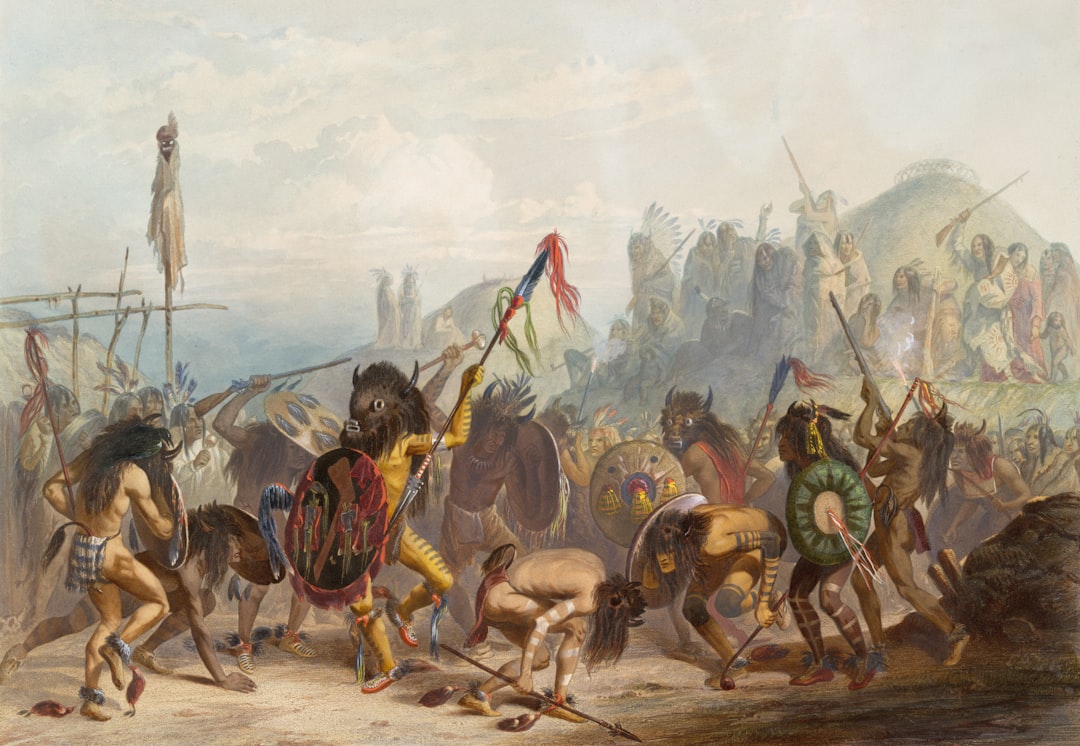
The French and Indian War (1754-1763) marked a turning point that most Americans don’t realize changed everything. Britain’s massive war debt of over £130 million forced Parliament to look westward for revenue, directly targeting the American colonies for the first time. The war also removed French influence from North America, eliminating the colonists’ need for British military protection. Colonial militias gained valuable combat experience fighting alongside British regulars, building confidence that would prove crucial in later conflicts. Most importantly, the war created the first real sense of American identity as colonists from different regions fought together against a common enemy.
The Stamp Act Ignites Colonial Resistance
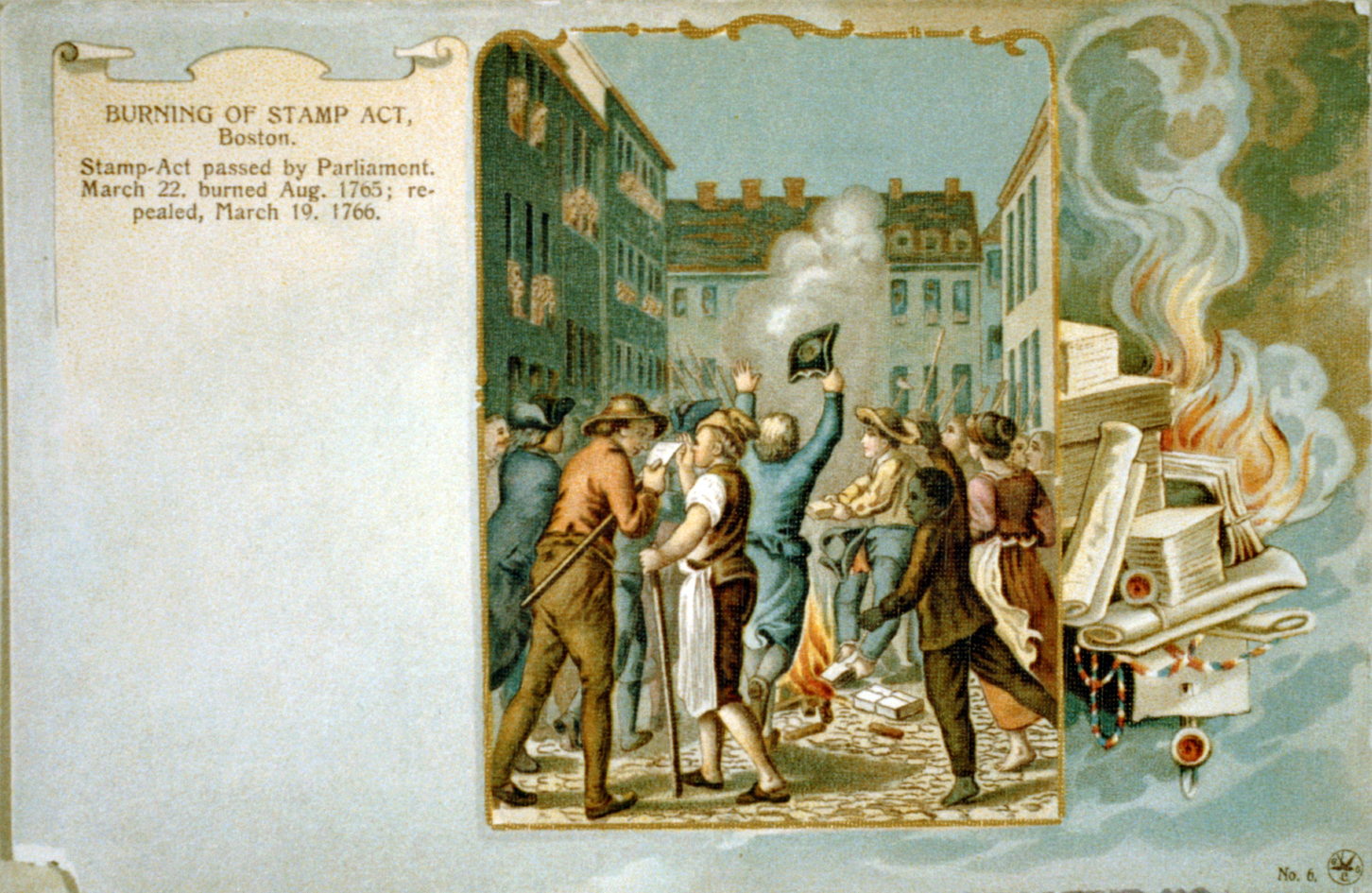
When Parliament passed the Stamp Act on March 22, 1765, it sparked the first organized colonial resistance movement. This tax required stamps on all printed materials, from newspapers to playing cards, affecting virtually every colonist’s daily life. The Virginia House of Burgesses, led by Patrick Henry, passed resolutions declaring only colonial assemblies could tax colonists. Secret organizations like the Sons of Liberty emerged in major cities, coordinating boycotts and intimidating tax collectors. The act was so unpopular that stamp distributors resigned en masse, making enforcement nearly impossible. Parliament repealed the act in March 1766, but the damage to British-American relations was already done.
The Boston Massacre Becomes a Rallying Cry
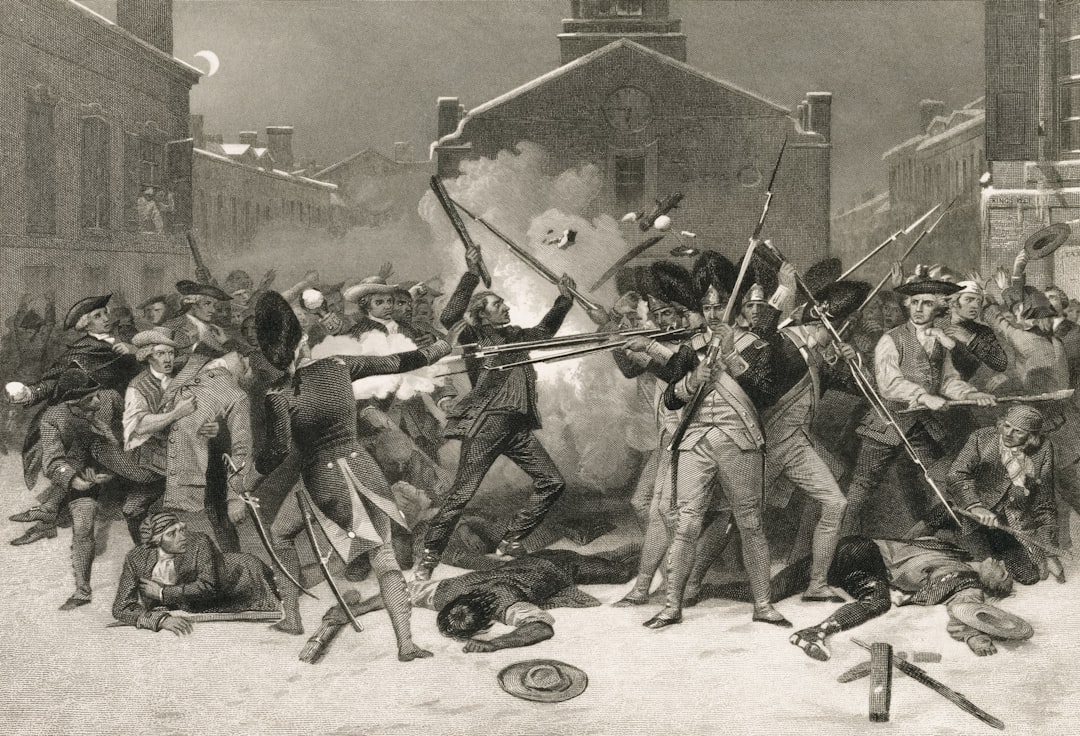
On March 5, 1770, tensions between British soldiers and Boston residents exploded into violence outside the Custom House. What started as snowball throwing escalated when nervous British soldiers fired into a crowd, killing five colonists including Crispus Attucks. Paul Revere’s famous engraving, though historically inaccurate, depicted the incident as a deliberate slaughter of innocent civilians. The colonial press, particularly Samuel Adams’ writings, transformed the event into powerful anti-British propaganda. John Adams’ decision to defend the British soldiers in court paradoxically strengthened the colonial cause by demonstrating American commitment to justice. The annual commemoration of the “massacre” kept anti-British sentiment alive for years.
The Tea Act Triggers the Boston Tea Party

The Tea Act of 1773 wasn’t actually a tax increase, but colonists saw it as an economic death sentence for local merchants. The law gave the British East India Company exclusive rights to sell tea in America, bypassing colonial middlemen entirely. On December 16, 1773, approximately 150 colonists disguised as Mohawk Indians dumped 342 chests of tea worth £10,000 into Boston Harbor. The event was carefully planned by Samuel Adams and the Sons of Liberty, who had been waiting for the perfect moment to strike. King George III and Parliament viewed this destruction of property as an act of rebellion that demanded severe punishment. The Tea Party became a symbol of American defiance that inspired similar acts of resistance in other colonies.
The Intolerable Acts Unite the Colonies
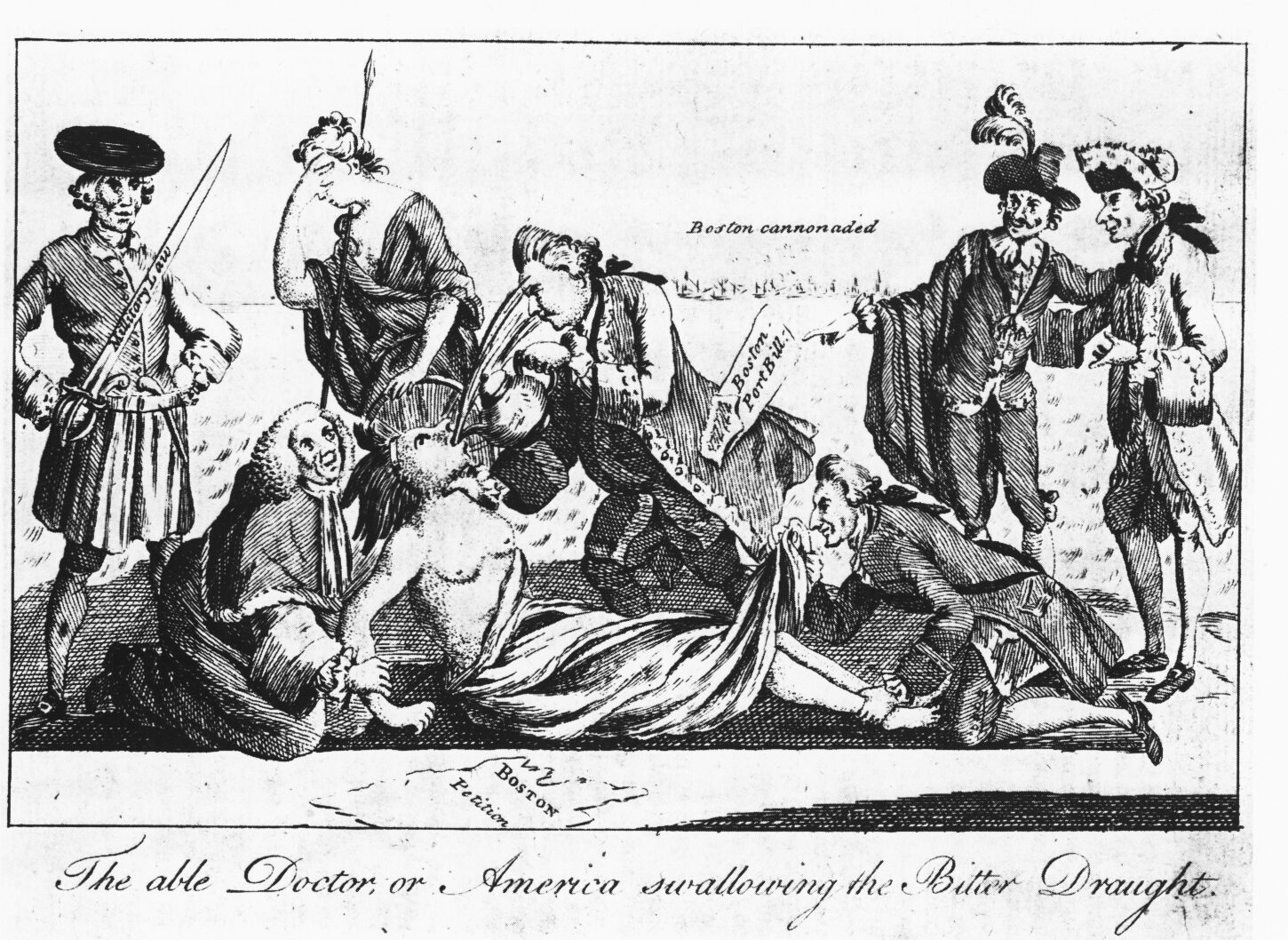
Parliament’s response to the Boston Tea Party backfired spectacularly when the Coercive Acts (called the Intolerable Acts by colonists) were passed in 1774. These laws closed Boston Harbor, revoked Massachusetts’ charter, and allowed British officials accused of crimes to be tried in England rather than colonial courts. The Quebec Act, passed simultaneously, extended Quebec’s borders south to the Ohio River, blocking westward expansion for existing colonies. Instead of isolating Massachusetts, these harsh measures convinced other colonies that they could be next. Virginia’s House of Burgesses called for a continental congress, and twelve colonies (Georgia abstained) sent delegates to Philadelphia. The Acts accomplished the opposite of their intention, creating the first real unity among the previously fractured colonies.
The First Continental Congress Charts a Course
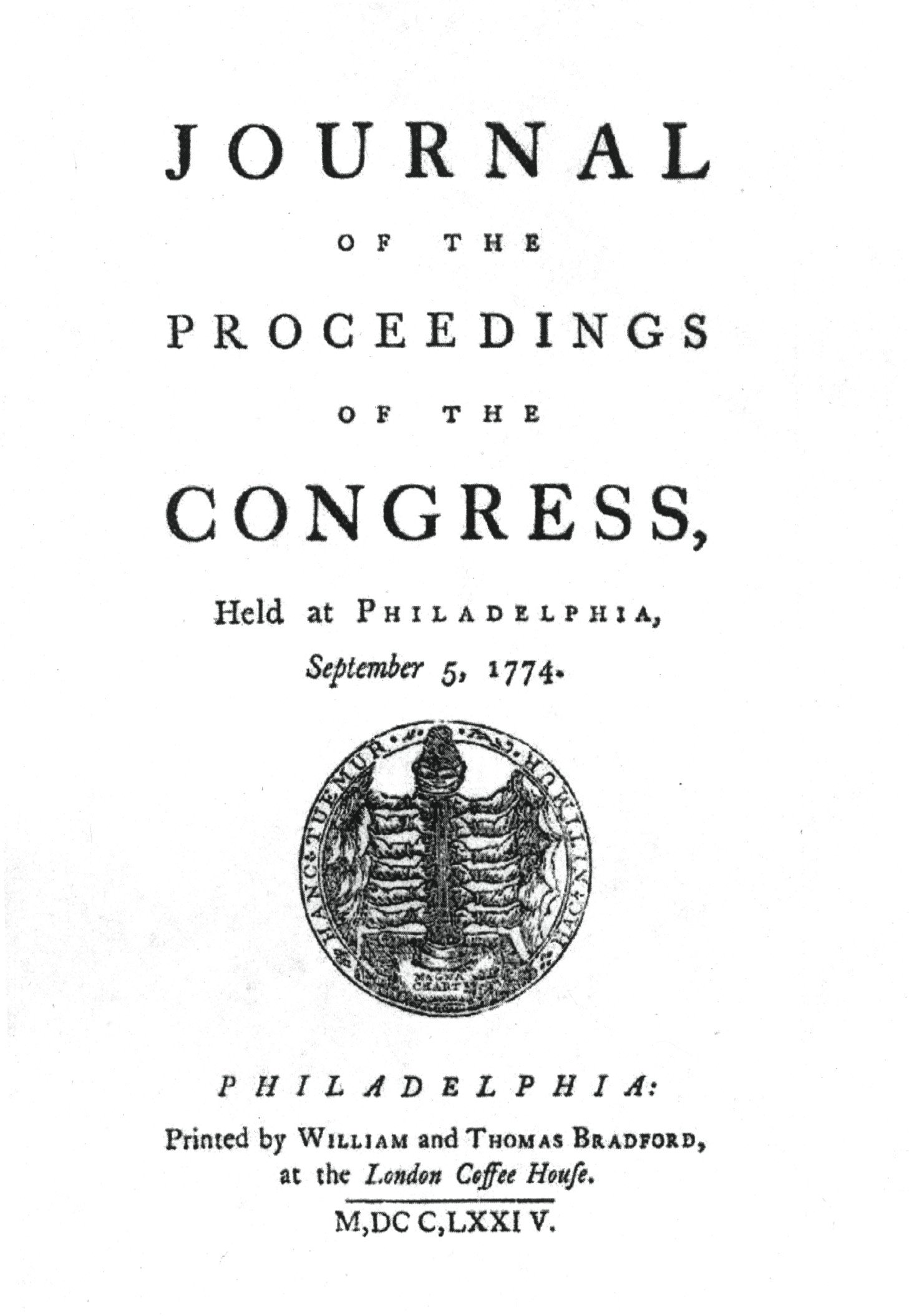
From September 5 to October 26, 1774, 56 delegates from twelve colonies met in Philadelphia’s Carpenter’s Hall to coordinate their response to British policies. The Congress passed the Continental Association, establishing a comprehensive boycott of British goods that would take effect on December 1, 1774. They also sent a petition to King George III outlining their grievances and requesting relief from parliamentary taxation. Perhaps most importantly, the delegates agreed to reconvene in May 1775 if their demands weren’t met. The Congress proved that the colonies could work together effectively, creating the governmental structure that would later declare independence. John Adams later wrote that the real American Revolution happened in the minds of the people between 1760 and 1775.
Lexington and Concord: The Shot Heard Round the World
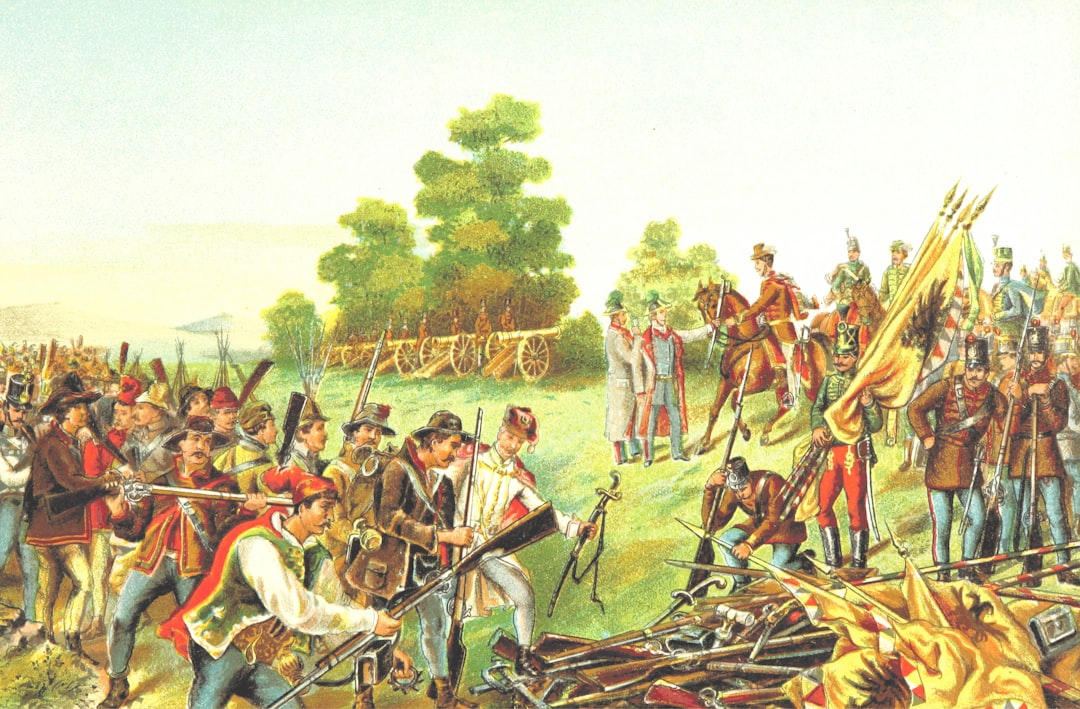
On April 19, 1775, British troops marched from Boston to seize colonial weapons stored in Concord, Massachusetts. Paul Revere, William Dawes, and Samuel Prescott rode through the night warning that “the regulars are coming out.” At Lexington Green, British Major John Pitcairn ordered colonial militiamen to disperse, but someone fired the famous “shot heard round the world.” Eight colonists died in the brief skirmish, and the British continued to Concord where they found most weapons had been moved. The return march to Boston became a nightmare as colonial militiamen fired from behind trees and stone walls, killing 273 British soldiers. News of the battles spread rapidly throughout the colonies, transforming a political dispute into armed rebellion.
The Second Continental Congress Assumes War Powers
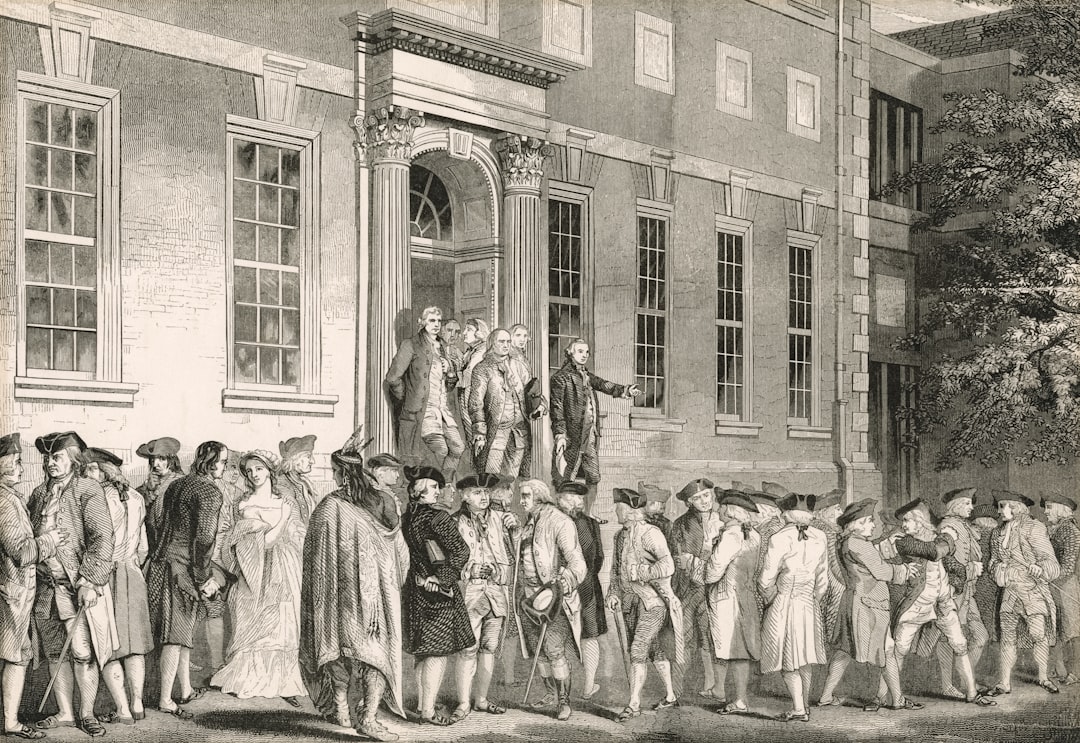
When the Second Continental Congress convened on May 10, 1775, the colonies were already at war but lacked any unified command structure. The Congress immediately faced the challenge of creating a continental army from the various colonial militias surrounding Boston. On June 15, 1775, they unanimously chose George Washington as Commander-in-Chief, partly because his Virginia origins would bring the South into what had been largely a New England conflict. The Congress also authorized the printing of continental currency to fund the war effort and established a committee to manage foreign relations. Despite these war measures, many delegates still hoped for reconciliation with Britain. The Congress sent the Olive Branch Petition to King George III in July 1775, but he rejected it and declared the colonies in rebellion.
Common Sense Transforms Colonial Thinking
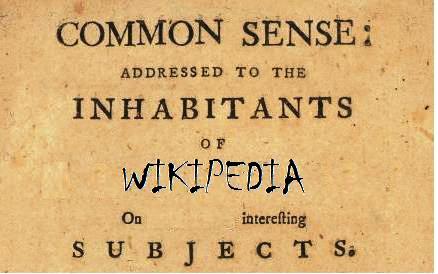
Thomas Paine’s pamphlet “Common Sense,” published on January 10, 1776, sold an astounding 120,000 copies in its first three months. Paine argued in plain language that kings were an invention of “heathens” and that America had the strength to govern itself. His writing reached ordinary colonists who had never considered independence possible, making complex political arguments accessible to farmers, shopkeepers, and laborers. The pamphlet attacked not just King George III but the entire concept of monarchy, calling it “one of the most ridiculous and insolent of all tyrannies.” Within six months, “Common Sense” had sold over 500,000 copies in a population of only 2.5 million, making it proportionally the best-selling publication in American history. George Washington ordered the pamphlet read aloud to his troops, and it became a powerful recruiting tool for the independence cause.
The Declaration of Independence: A Bold Proclamation

On July 4, 1776, the Continental Congress approved Thomas Jefferson’s Declaration of Independence, formally severing ties with Britain. The document’s most revolutionary phrase, “all men are created equal,” challenged the fundamental basis of monarchy and aristocracy. Jefferson drew heavily from John Locke’s philosophy of natural rights, arguing that governments derive their power from the consent of the governed. The Declaration listed 27 specific grievances against King George III, providing legal justification for rebellion under international law. John Hancock famously signed his name large enough “so the King can read it without his spectacles.” The signing ceremony was actually completed over several months, with some delegates not signing until November 1776.
Valley Forge: The Crucible of American Resolve
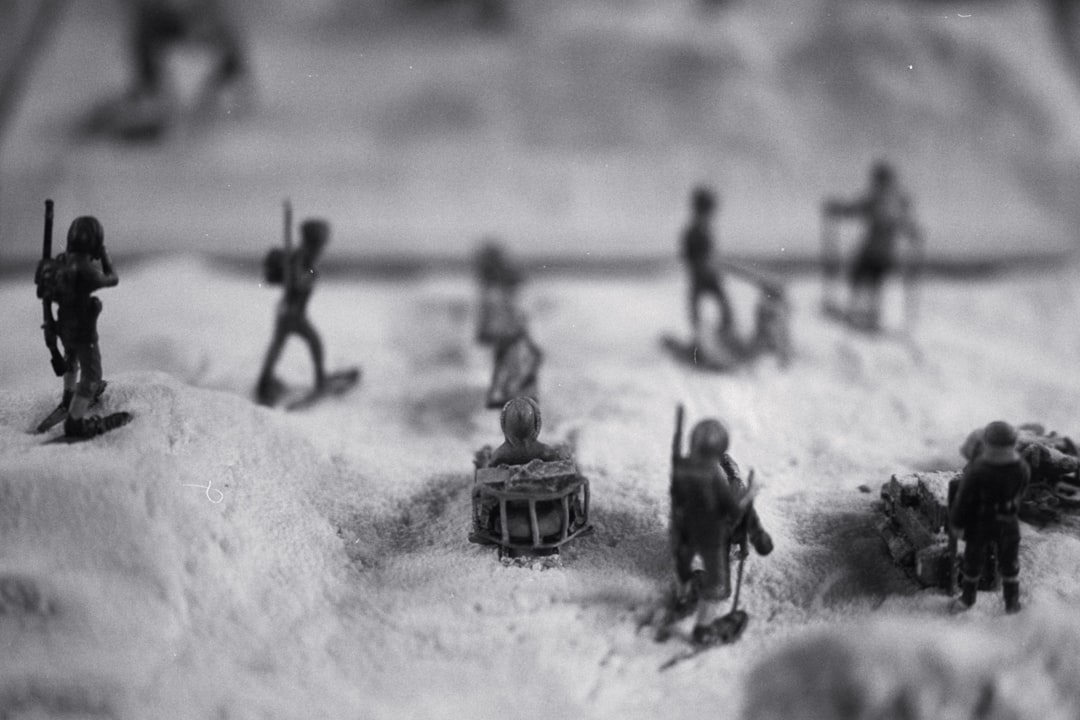
During the winter of 1777-1778, Washington’s Continental Army endured perhaps the most difficult period of the entire war at Valley Forge, Pennsylvania. Approximately 2,500 soldiers died from disease, starvation, and exposure, while those who survived left bloody footprints in the snow from lack of adequate shoes. Baron Friedrich von Steuben, a Prussian military officer, transformed the ragtag colonial forces into a disciplined army through intensive training. The winter also marked a turning point in French support, as news of the American victory at Saratoga convinced King Louis XVI to openly join the war against Britain. Martha Washington and other officers’ wives spent the winter at Valley Forge, providing crucial support and boosting morale. The army that emerged from Valley Forge in spring 1778 was fundamentally different from the one that had entered – professional, disciplined, and confident.
The French Alliance Changes Everything
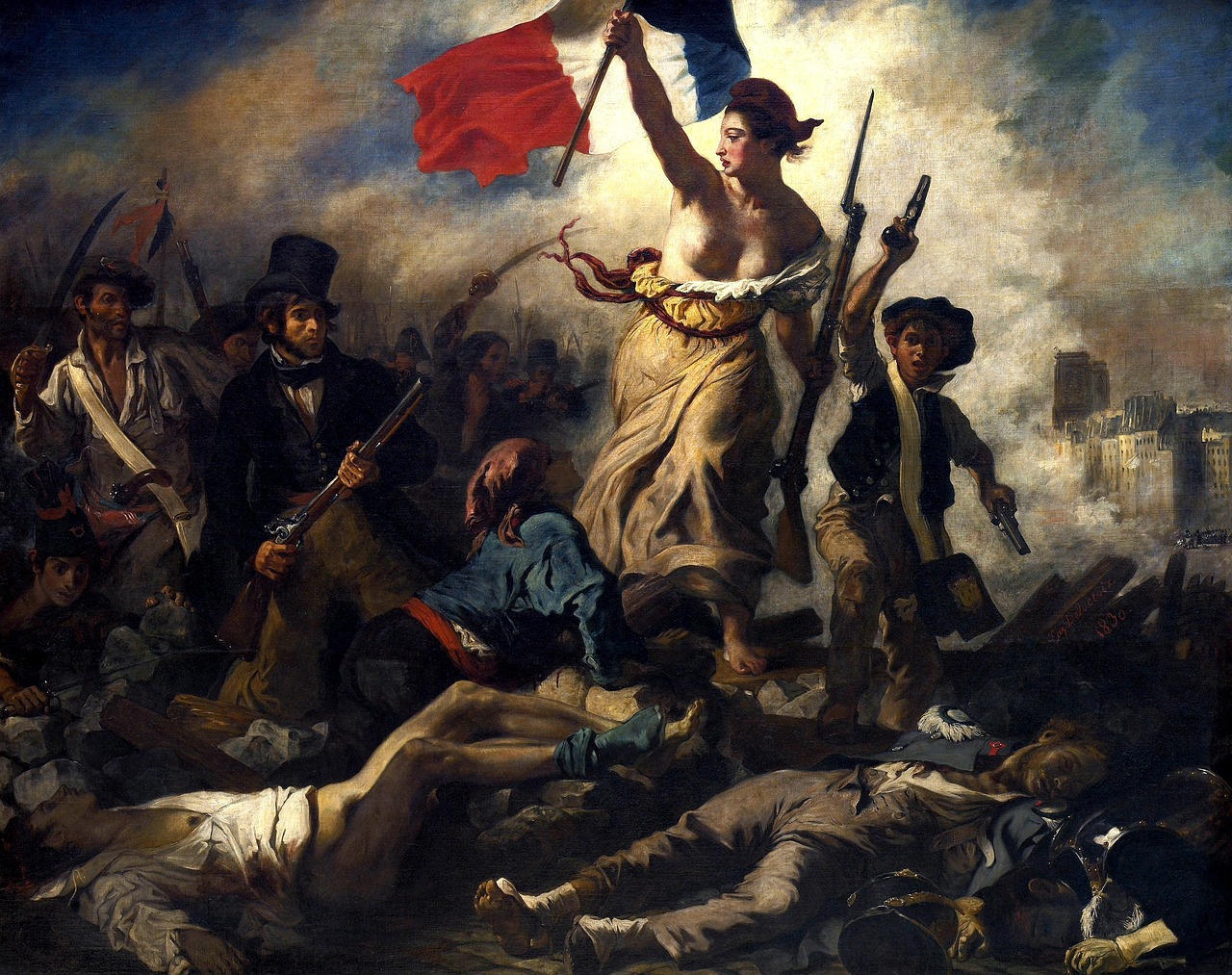
France’s entry into the war on February 6, 1778, transformed the American Revolution from a colonial rebellion into a global conflict. The French provided crucial naval support, loans totaling over $1 billion in today’s currency, and military advisors like the Marquis de Lafayette. French naval power forced Britain to defend its Caribbean colonies and Indian territories, spreading British forces thin across multiple theaters. The alliance also brought Spain into the war in 1779, further complicating British strategic planning. Benjamin Franklin’s diplomatic efforts in Paris proved as important as any military victory, convincing European powers that America could win. Without French support, the colonists almost certainly would have been defeated by Britain’s superior military and financial resources.
The Southern Campaign: A Different Kind of War
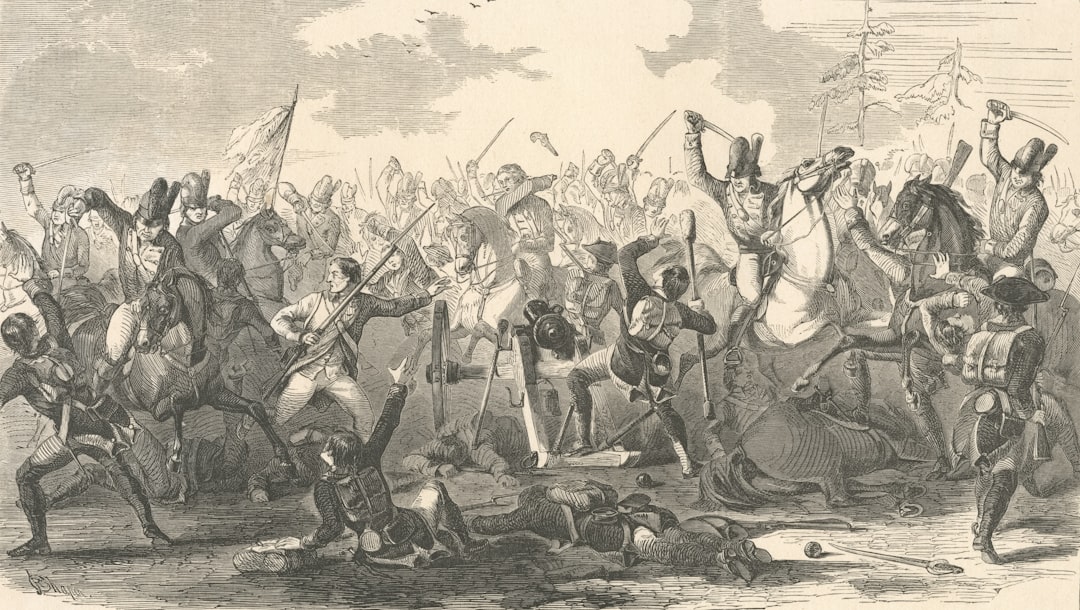
After failures in the North, Britain shifted strategy in 1778 to focus on the Southern colonies, where Loyalist support was supposedly stronger. The British captured Savannah in 1778 and Charleston in 1780, but their conventional tactics proved ineffective against guerrilla warfare. Leaders like Francis Marion (the “Swamp Fox”) and Thomas Sumter used hit-and-run tactics that frustrated British commanders. The Southern campaign was marked by unusual brutality, with both sides committing atrocities against civilians and prisoners. General Nathanael Greene’s strategy of avoiding major battles while wearing down British forces through constant harassment proved highly effective. The British found themselves controlling only the ground their armies physically occupied, while the countryside remained hostile.
Yorktown: The Final Victory
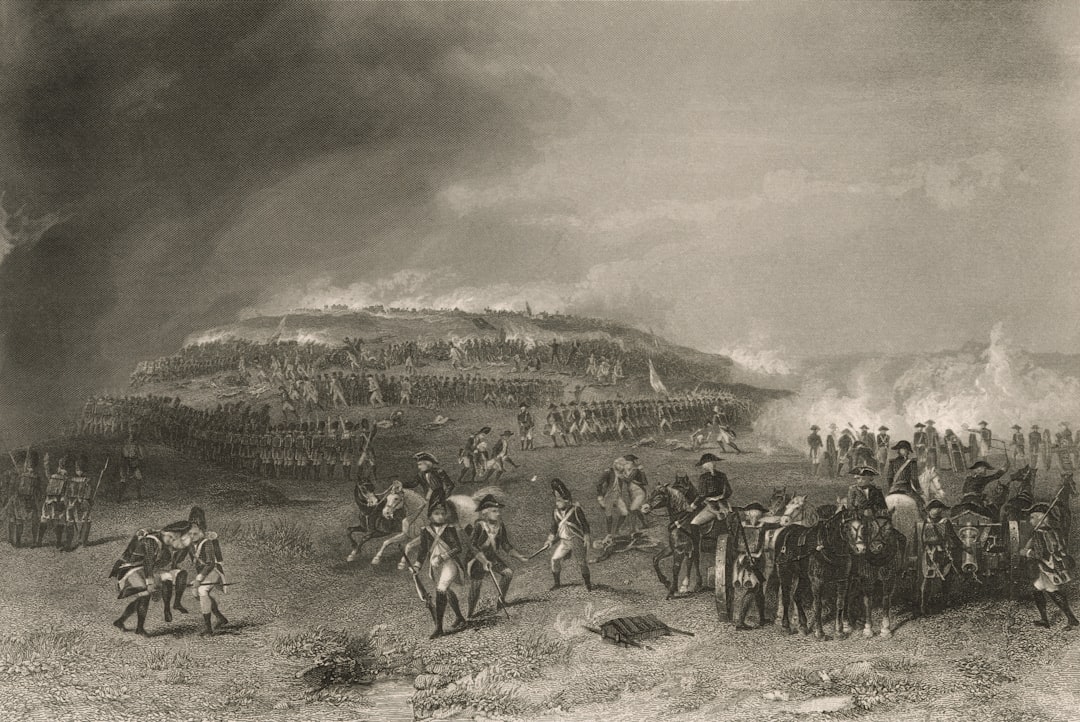
The siege of Yorktown from September 28 to October 19, 1781, effectively ended the Revolutionary War when British General Cornwallis surrendered his entire army. The victory resulted from perfect coordination between American forces under Washington and Lafayette, and the French fleet under Admiral de Grasse. French naval superiority prevented British reinforcements from reaching Cornwallis, trapping him on the Virginia peninsula. The surrender of over 7,000 British troops was a devastating blow to British morale and military capacity. Legend says the British band played “The World Turned Upside Down” during the surrender ceremony, though this detail remains historically unverified. News of Yorktown reached London on November 25, 1781, effectively ending Lord North’s government and British will to continue the war.
The Treaty of Paris Secures Independence
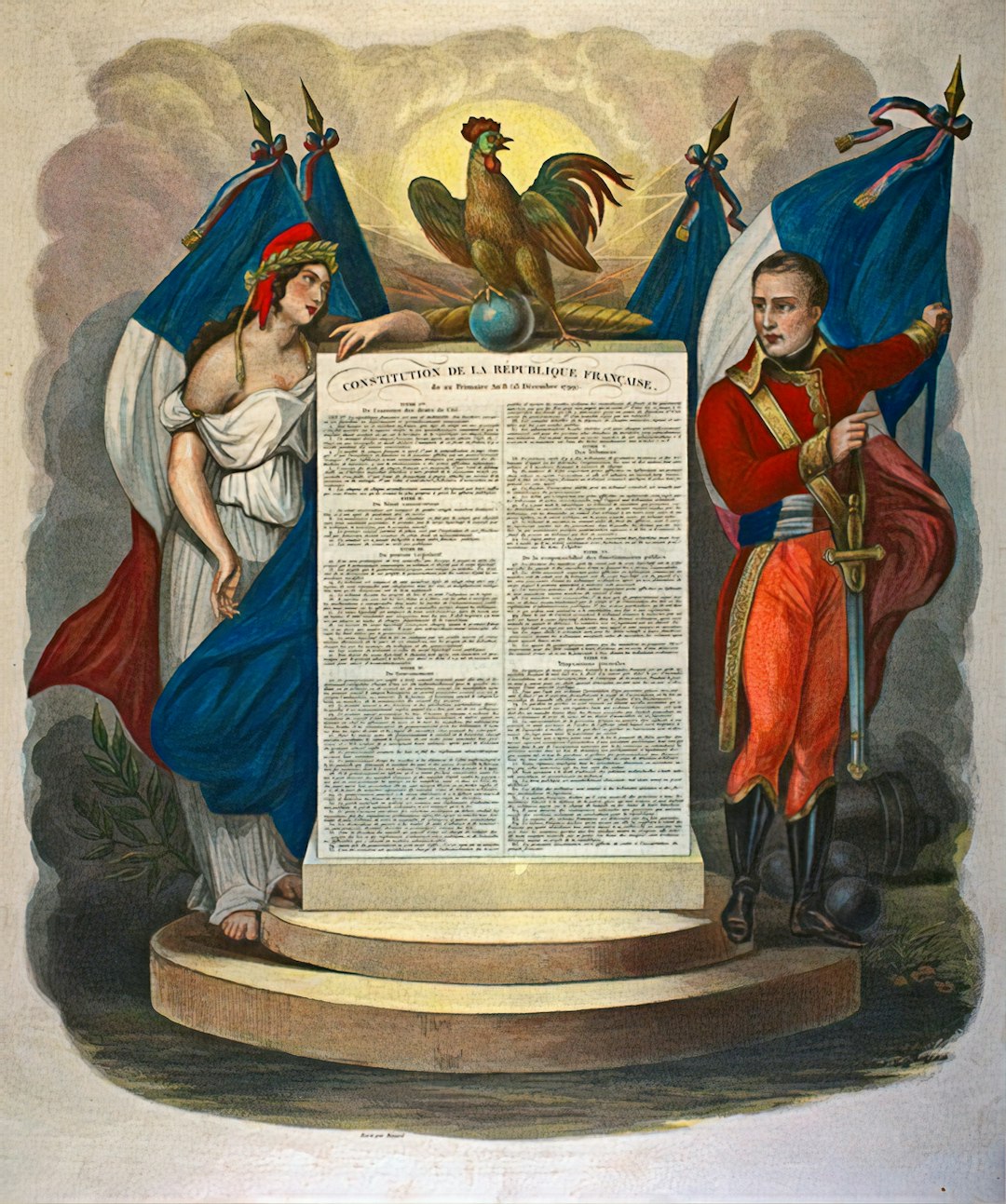
Negotiations for the Treaty of Paris began in April 1782, with Benjamin Franklin, John Adams, and John Jay representing American interests. The final treaty, signed on September 3, 1783, granted the United States independence and established borders from the Atlantic Ocean to the Mississippi River. Britain agreed to evacuate all troops from American territory, though this process took until 1796 in some western forts. The treaty also granted Americans fishing rights off the Newfoundland coast and required both sides to honor pre-war debts. Most controversially, the treaty required Americans to restore property confiscated from Loyalists, a provision that was largely ignored. The formal end of the war came when ratified treaties were exchanged in Paris on May 12, 1784.
The transformation from thirteen separate colonies to a unified nation wasn’t just about winning battles or signing treaties. It required ordinary people to imagine themselves as something entirely new – Americans rather than British subjects. The key moments we’ve explored show how political resistance evolved into armed rebellion, then into a successful independence movement that changed the course of world history. What started as a dispute over taxes became a revolution that inspired democratic movements across the globe. Did you realize how close the colonists came to losing everything at Valley Forge?

